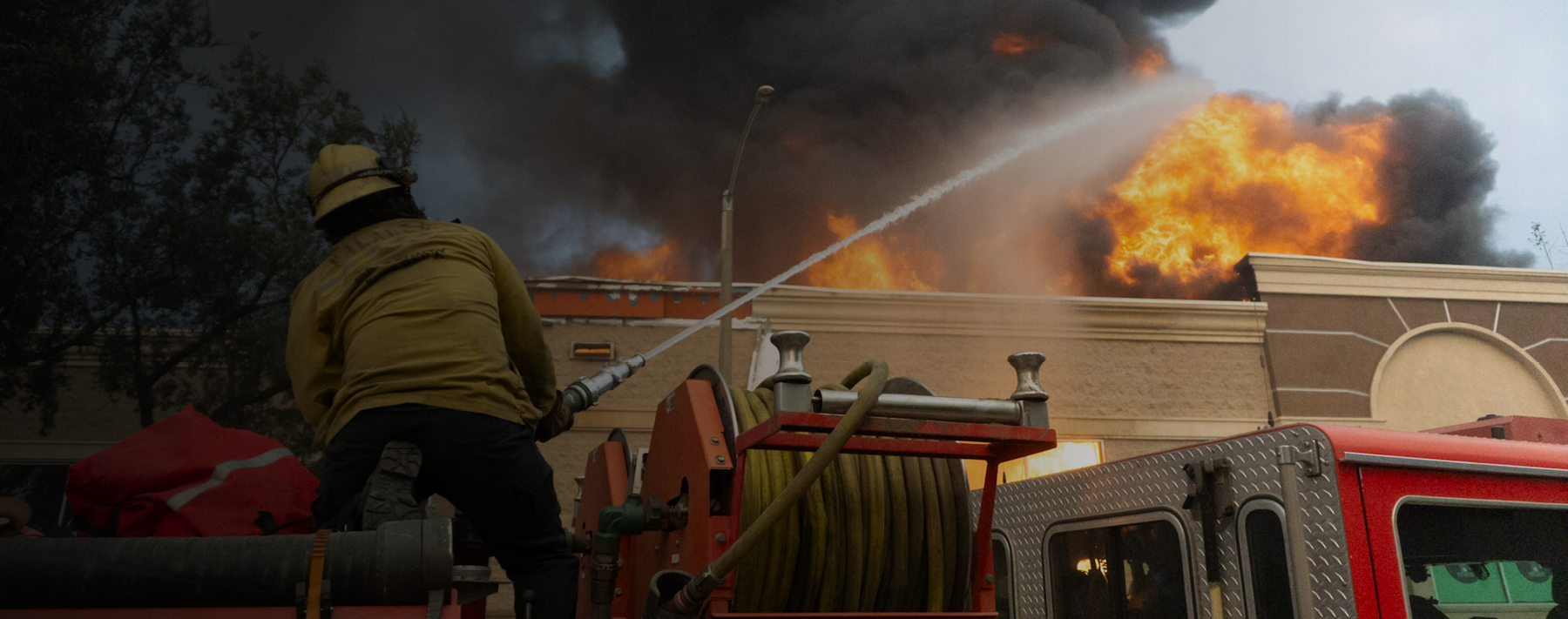The same is true in the fire service.
Planning for the Perfect Day
In the fire service, we must have a “Plan A.” Plan A needs to be the same across all shifts or battalions. Officers, companies, stations or shifts may have a particular style, but we cannot have three or nine or 21 different ways of approaching our work. A standardized plan or response model increases firefighter safety, improves service to our communities and helps us identify weak points in our strategy. It also helps ensure everyone is on the same page.
We need a plan that standardizes our response. But how do we do that in the dynamic world of emergency services? I believe departments must approach this task with a very specific perspective; I call it “a bright sunny day.” So what does that mean? It is the perfect day — one when all our personnel report to work, none of our vehicles or equipment are out of service, no other major incidents are going on, and most importantly, it is sunny and 75 degrees. But why plan for possibly high-risk/low-occurrence operations in this Utopian environment? I believe we can do this because of our people.
“Plans are worthless, but planning is everything.”
Processes and Procedures in the Fire Service
As a fire department, we do our best to hire smart people who are good at problem-solving. We educate them on our policies, which set the normal limits of their behavior and actions. We train them well so they know how to do their job. And we properly equip them to perform the tasks that need to be done to complete operations that need to get done.
The process of creating our operational procedures is an excellent opportunity to really examine the elements that will make us successful. For example, does our hiring process help us screen for the best candidates? Do we have effective policies in place so personnel understand the department’s expectations? Have we provided up-to-date, realistic training to help personnel hone their skills in these high-risk tactics? And lastly, have we provided our personnel with the proper tools to efficiently complete these tasks?
Regardless of which badge they wear, if public safety leaders do these things, then their people should be ready to overcome almost any issue that may challenge the “bright sunny day” model.
Increasing Safety Through Processes and Procedures
We cannot talk about operations — especially high-risk/low-occurrence incidents — without talking about responder safety. There is no better time to discover and address safety issues than during the planning stage. As a chief officer, I would rather find out that we do not have the necessary tools or personal protective equipment for a task long before we face that incident in the field.
Since we know safety is paramount, practicing high-risk tactics is one of the best ways to keep our team safe. Addressing and then reducing risk through proper training (and with the proper equipment) is more operationally efficient than avoiding risk. And it’s far superior to avoiding risk altogether, which typically involves taking no action or delaying actions until the moment of opportunity has passed. Discuss and examine risks, then devise a plan to address them during operations.
Processes and Procedures Make Us More Efficient
In addition to making our people safer, standardized operations also improve the quality and efficiency of the services we deliver to our communities. When we create and improve our processes and procedures in the fire service, we have the perfect opportunity to examine and discuss our delivery of services. This allows us a time to ask, “How can we do this better?”
Better does not always mean faster, but it may. Better can also be more efficient, more effective or more prepared. Do we have equipment located in the best positions to respond to emergencies in our community? This may include the location of fire stations, but it also includes how and where we mount or carry tools and equipment. Do we have life-saving tools stored underneath overhaul tools? Do we have hose loaded in a fashion which deploys best for the common structures in our community? What can we do to improve our out-the-door response times? When can we conduct training or perform routine daily tasks that may affect our response times during periods when we expect to run more calls? Again, this process provides us an opportunity to reevaluate how we provide service to our community, and how we can further improve delivery.
Planning standardized operating procedures also gives departments a convenient time to identify weaknesses in our organizations. This should be like a brainstorming session. It’s a great time to list the what-ifs and then examine each of them in turn. Some concerns may be based on old practices, or even on old equipment a department may no longer even have. Some may reveal training gaps that were previously unnoticed — because after all, we don’t know what we don’t know.
Lexipol’s fire/rescue policy management solution: LEARN MORE
Once we feel we have addressed all the possible weaknesses in a plan, pass the information around. We also want to ensure company officers and firefighters understand the procedure, that is written clearly to provide the intended guidance. Remember, we hire smart people and train them well. Why wouldn’t we ask for their input? As Echelon Front cofounder Jocko Willink would tell us, “Subordinate your ego, keep an open mind, and adapt.” Good leaders encourage people to provide feedback, and then they listen.
It’s All in the Planning
In addition to effective policies, Lexipol has also produced a high-quality procedure manual that cover processes and practices critical to successful fire service operations. Regardless of your agency’s size, Lexipol’s procedure manual provides a highly effective framework to customize for any department. My favorite feature is the “First 5 Minutes” section of each procedure, which provides a short guideline for initial actions at the scene of an incident. As many of us know, the actions taken in the first five minutes of an incident can have a major impact on how successful the operation will be in the long run.
Helmuth von Moltke, a 19th-century Prussian field marshal, famously said, “No plan survives contact with the enemy.” In spite of this depressing reality, though, effective tacticians know how important it is to talk through scenarios and come up with contingencies. It was President Dwight D. Eisenhower who said, “Plans are worthless, but planning is everything.” Not every incident happens on a sunny day when you’re fully staffed and have all the equipment you need. That’s why every Plan A needs a Plan B.
Yes, I believe this sentiment is at the heart of why fire departments need standardized operating procedures. Having a written plan is important, but being able to address the opportunities or challenges identified during the planning process is everything.



